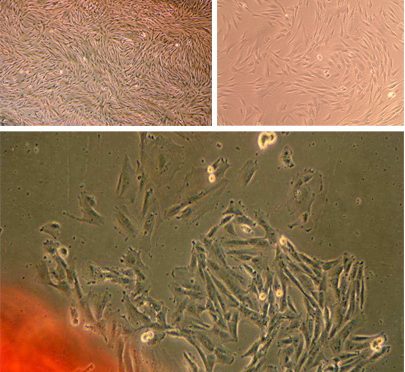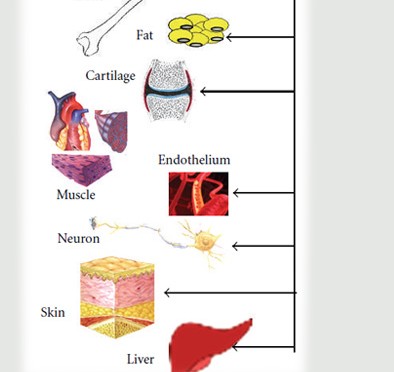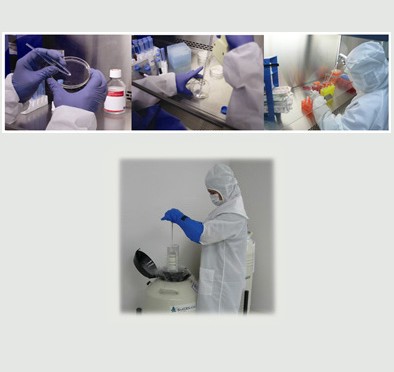Tooth Stem Cells
- Introduction
- Application
- Type and qualification
- The process
Introduction
Cells make up all the body’s tissue and organs such as heart, liver, brain, and skin.
Stem cells can divide and change into particular types of cells which under controlled conditions can grow into tissue, organs, and bones, and developed stem cells can work on repairing the immune system. In fact stem cells can create replacement cells for those that are lost or damaged by injury or disease.

Application
There are many types of stem cell therapy and it is becoming a common treatment for some conditions. Stem cell therapy has been accepted as the effective treatments for many blood diseases, certain types of cancers and several other diseases in the U.S. over the last 10 years and it has been used much more frequently in other countries around the world. It is believed that stem cell therapy may eventually offer remedies for brain diseases such as stroke, Parkinson’s and Alzheimer’s diseases, spinal cord injury, autoimmune diseases, MS, ALS, osteoarthritis , degenerative diseases, and certain forms of cancer and heart disease.
Researchers have found the pulp of some children’s primary teeth to contain chondrocytes, osteoblasts, adipocytes, and mesenchymal stem cells. All of these cell types hold enormous potential for the therapeutic treatment of new diseases currently not on the list shown above. Some of the potential applications of this material would be to treat; neuronal degenerative disorders such as Alzheimer’s, Parkinson’s, and ALS (Amyotrophic Lateral Sclerosis or Lou Gehrigs Disease); chronic heart conditions such as congestive heart failure and chronic ischemic heart disease; periodontal disease and to grow replacement teeth and bone. One of the most important potential applications using this material is for the treatment of paralysis due to spinal cord injury which has already been done using mesenchymal stem cells from other sources. The application of stem cell therapy to these diseases is currently being pursued by many of the brightest minds at the best institutions around the world and it is our belief that these treatments are on the horizon. Storing these cells for your child is an excellent way to ensure your child’s future biological needs can be met. We urge you to take advantage of this opportunity and store your child’s cells today.

Type and qualification
The ideal deciduous tooth for stem cell recovery is a canine or incisor that has just started to loosen, has more than a third of the root structure left intact, and is not extracted for reasons such as infection or associations with pathology.
- Supernumerary or mesodens are another ideal source for dental stem cells. In most cases when these teeth are removed, they still have a complete root, intact blood supply and healthy pulp.
- The pulps of naturally exfoliated teeth or teeth that have fallen out on
Tooth Cell banking is a proactive decision parents and people all over the world are now making. Our three step process is simple, effective and non-invasive.

The process
Step 1: Tooth Collection – You place the tooth in the collection box we provide. (CAREFULLY FOLLOWING ALL INSTRUCTIONS!)
When your child’s tooth falls out all you have to do is put it in to fresh milk in the storage container along with frozen gel packs. Pop it in the collection box and save it securely shut. The kit is then ready for delivery to our lab.
Step 2: Stem Cell Isolation – When we receive the tooth all the cells are isolated. We confirm the current health and viability of these cells.
Step 3: Tooth Cell Storage – We cryopreserve the tooth cells for your future use.
The sample is then divided into four cryo – tubes and each part is stored in a seperate location in our cryo-genic system. This means that even in the unlikely event of a problem with one of our storage units, there will be another sample available for use. The cells are preserved in liquid nitrogen at a temperature -196oC. This preserves the cells and maintains their potential potency.
TIME IS CRITICAL The first 48 hours after the tooth is out of the mouth are critical. The tooth must be prepared, packaged and shipped and received at our laboratory as soon as possible.








